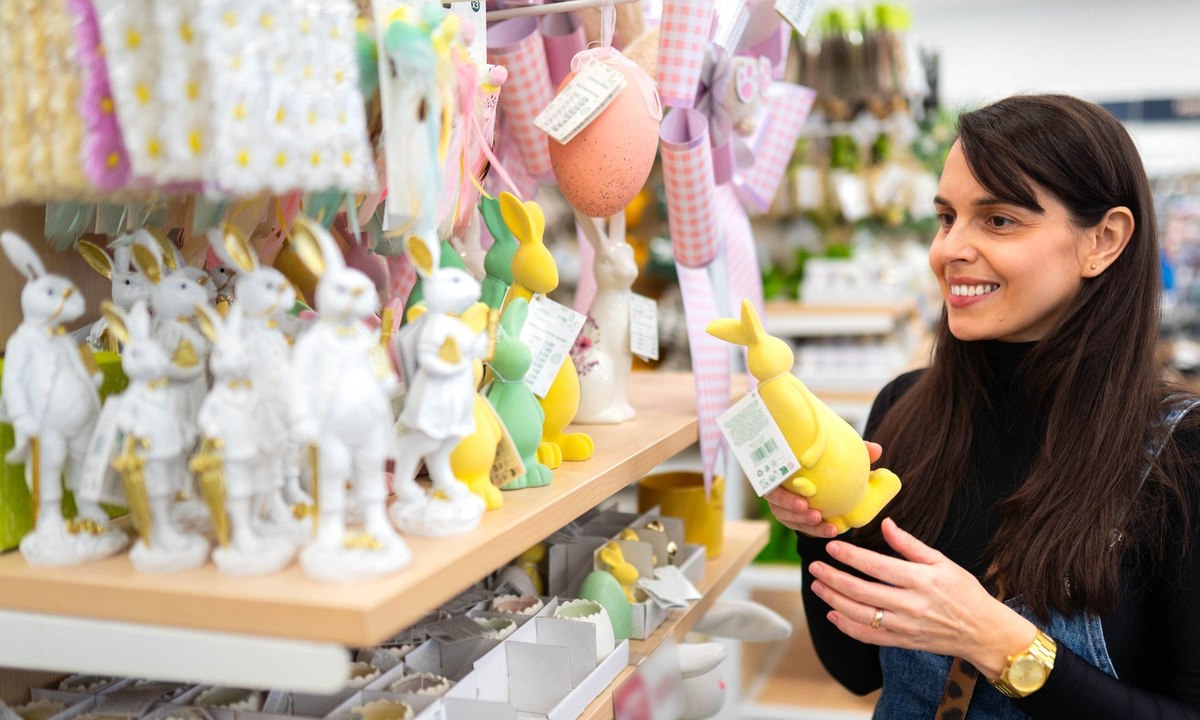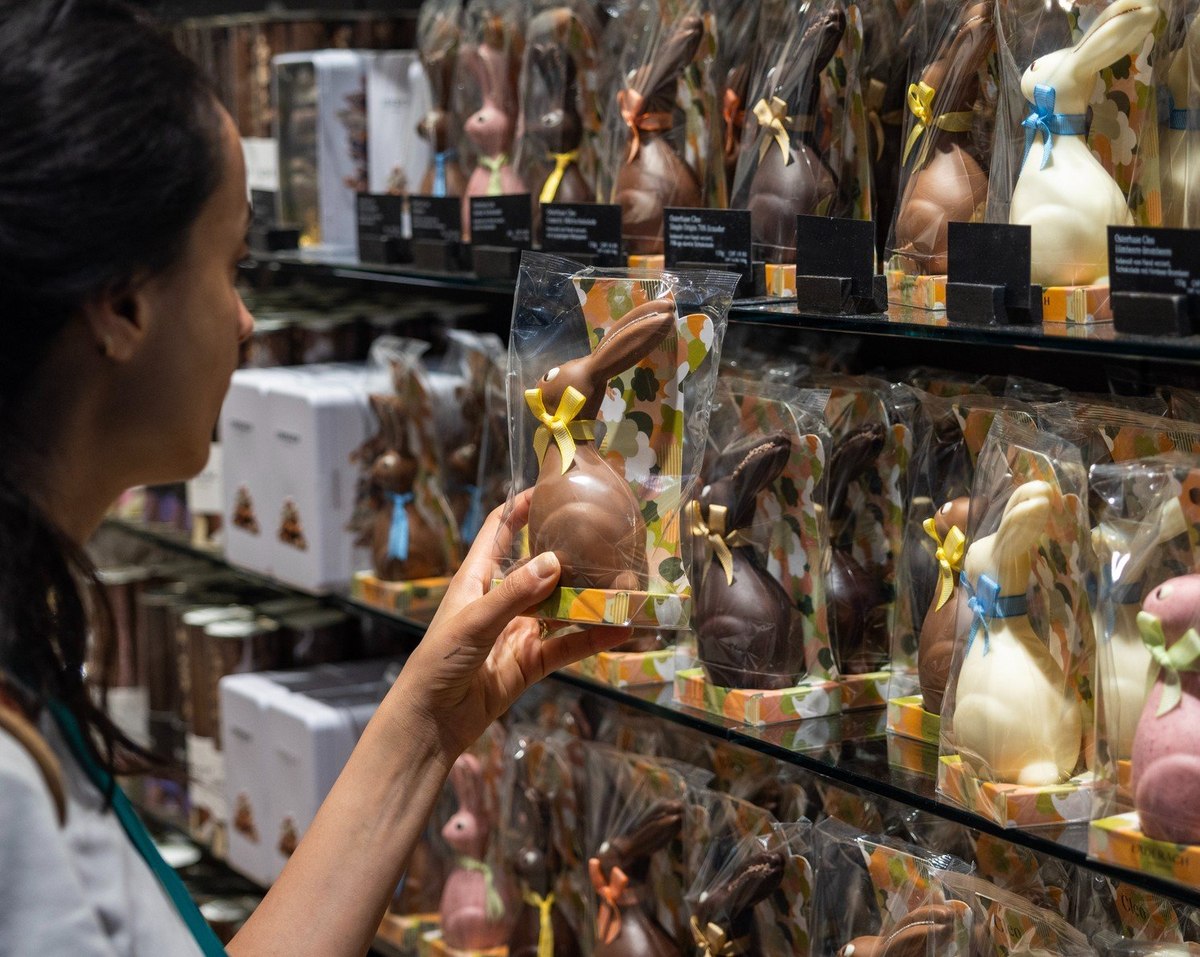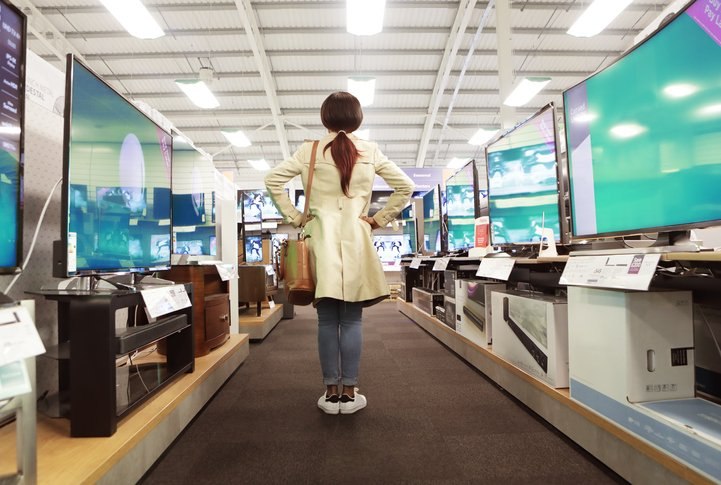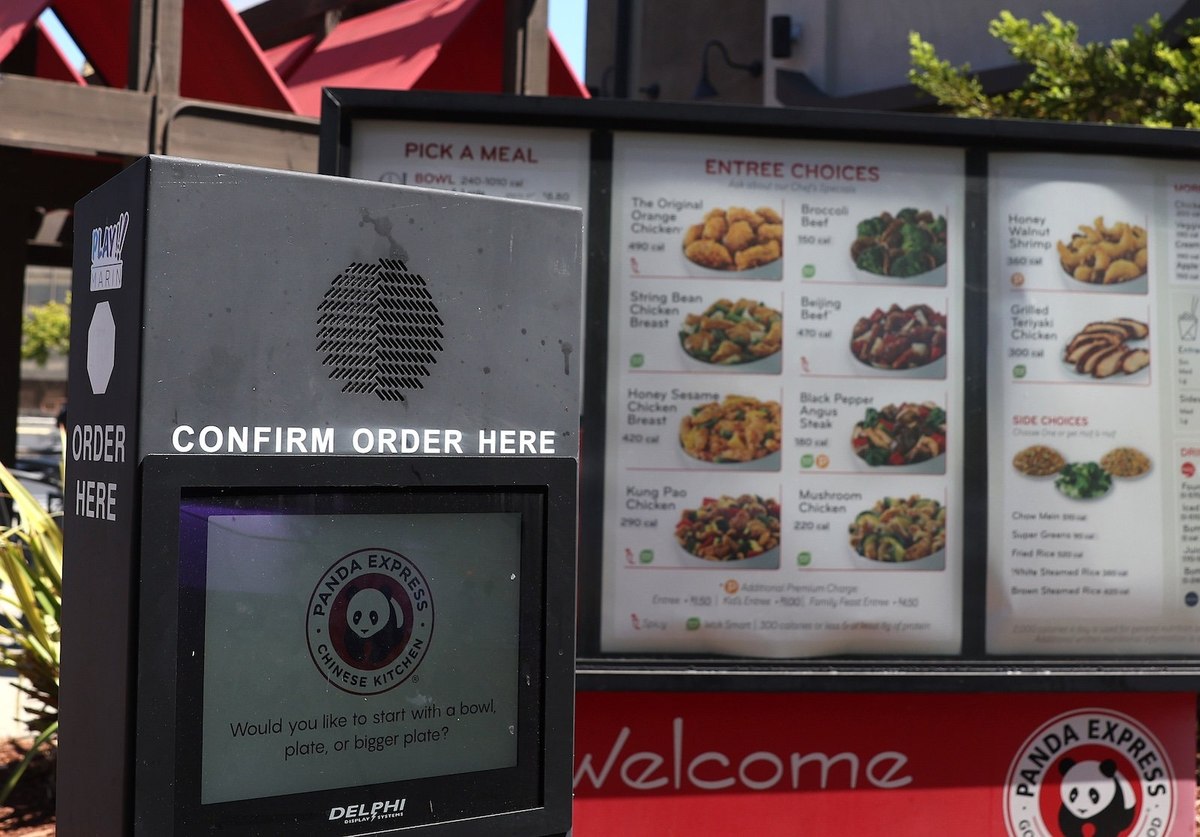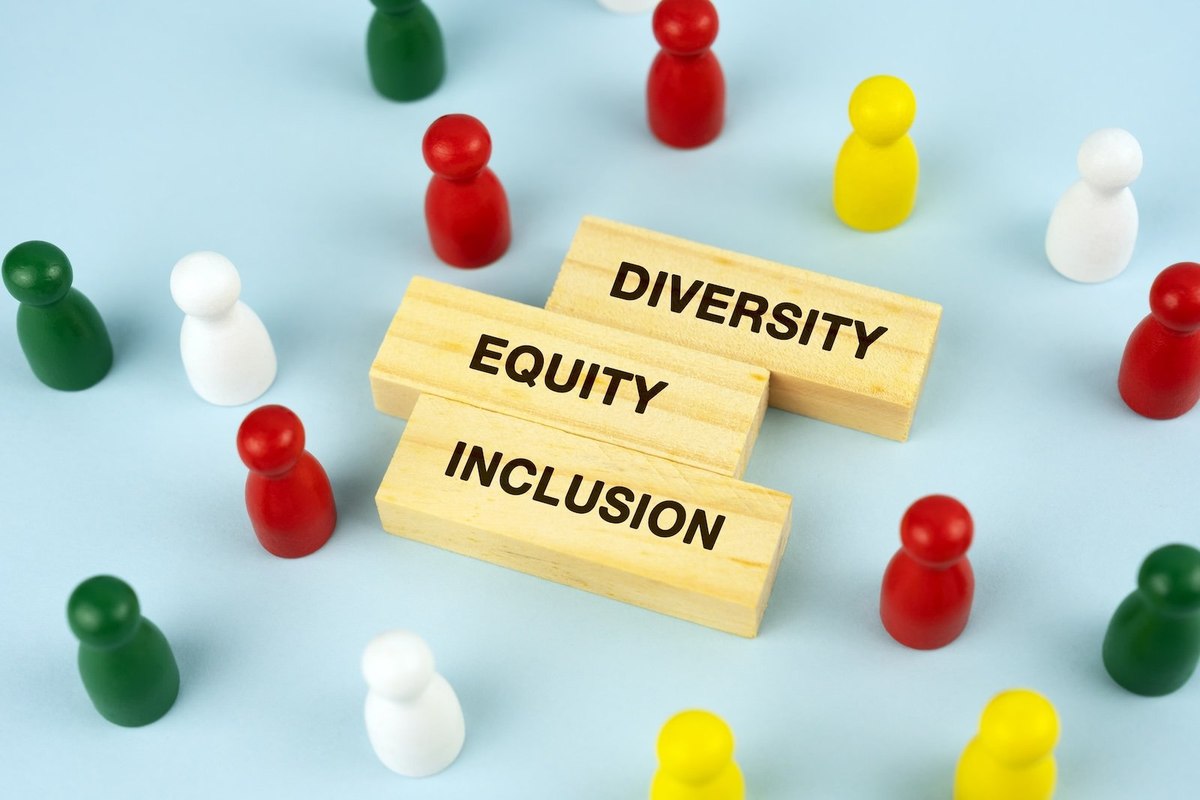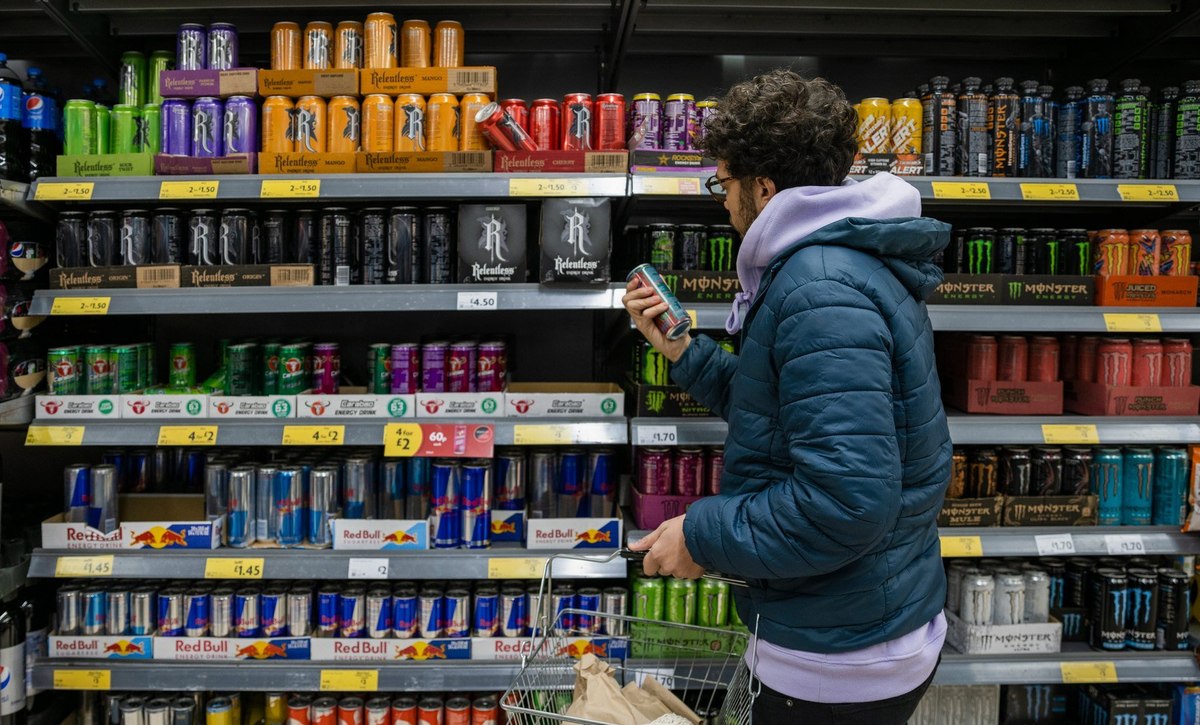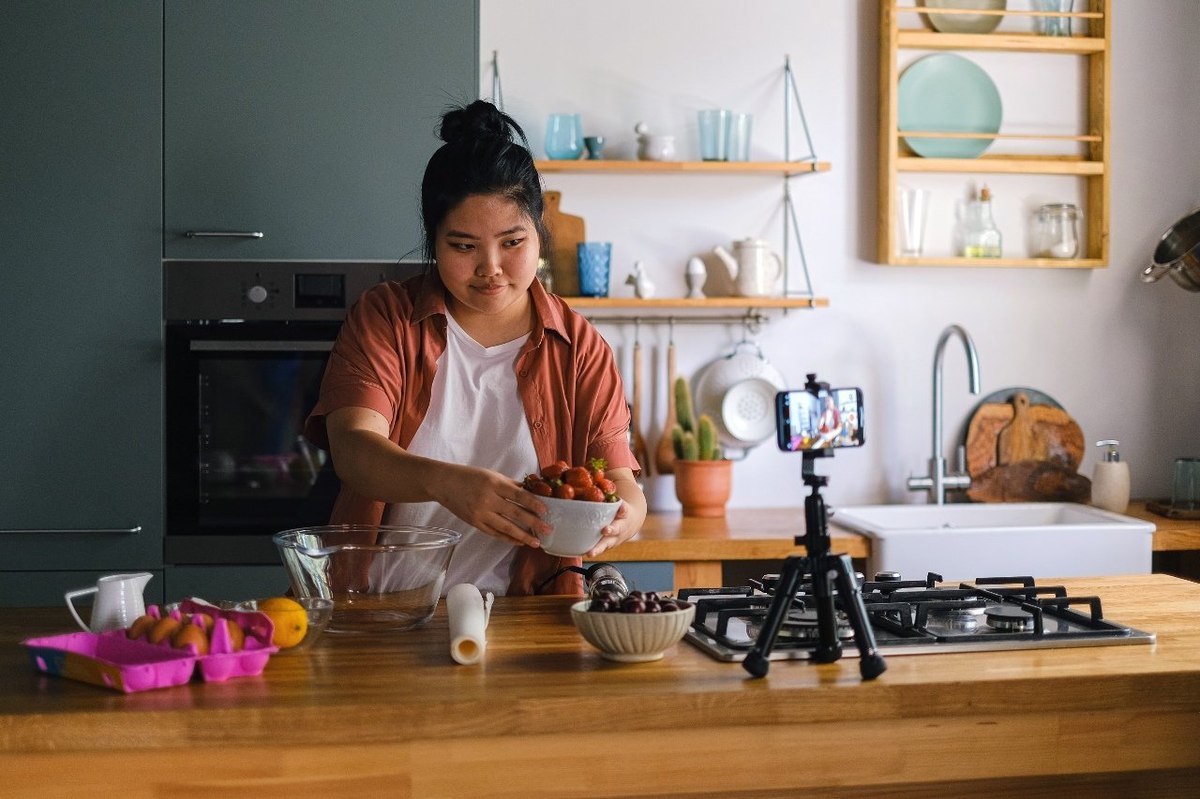
Global: Do influencer-promoted food and grocery ads grab consumer attention?
The increasing popularity of social media influencers has reshaped marketing in recent years. And with 55% of the global population spending at least one hour every day on social media, brands seek to make their presence felt in an organic manner. But how much do consumers knowingly notice social media influencer endorsements and in which categories? We asked consumers across 18 international markets.
Nearly half of the global audience say they are not at all influenced by social media influencers when it comes to purchasing products or services in any of the given categories. Among the other half who are likely to be influenced ‘a lot’ or ‘a little’ by influencer endorsements, clothes (46%), mobile phones (42%) and food items (45%) round out the top three. This makes influencer-promoted grocery and food ads one of the most noticeable collaborations, globally.
As you’d expect, consumers in individual markets differ in their opinions. While consumers in APAC and MENA regions are more likely to take notice of food endorsements by social media influencers, the western regions are not as likely to share the same opinion.
Indonesians are the most likely to notice food and grocery endorsements by social media influencers with 83% of consumers picking ‘a lot’ or ‘a little’, the highest of all markets. Consumers in UAE (77%) and India (76%) are not far behind with more than three-quarters of consumers taking note of influencer promotions.
Around two-thirds of consumers in Great Britain (69%), Denmark (66%) and Germany (65%) are not at all influenced by influencers promoting food products. Consumers in other European markets also think on similar lines. Markets in these regions average around a third of consumers who notice influencer-promoted food and grocery items.
While Canada and America also register around half of its population saying they are not influenced (51% and 62% respectively), a majority of urban Mexicans (60%) say they notice influencer endorsements.
Marketers might want to take note that the share of consumers in the west who are not at all influenced is almost twice that of those who are influenced a lot or a little.
Explore our living data – for free
To receive monthly insights about the FMCG industry register here.
To read YouGov’s latest intelligence on the FMCG sector explore here.
Get quick survey results from nationally representative or targeted audiences using YouGov RealTime Omnibus
Make smarter business decisions with better intelligence. Understand exactly what your audience is thinking by leveraging our panel of 20 million+ members. Speak with us today.
Methodology: YouGov RealTime Omnibus provides quick survey results from nationally representative or targeted audiences in multiple markets. The data is based on surveys of adults aged 18 and over in 18 markets with sample sizes varying between 513 and 2015 for each market. All surveys were conducted online in September 2022. Data from each market uses a nationally representative sample apart from Mexico and India, which use urban representative samples, and Indonesia and Hong Kong, which use online representative samples. Learn more about YouGov RealTime Omnibus.
Photo by Anna Shvetson Pexels







